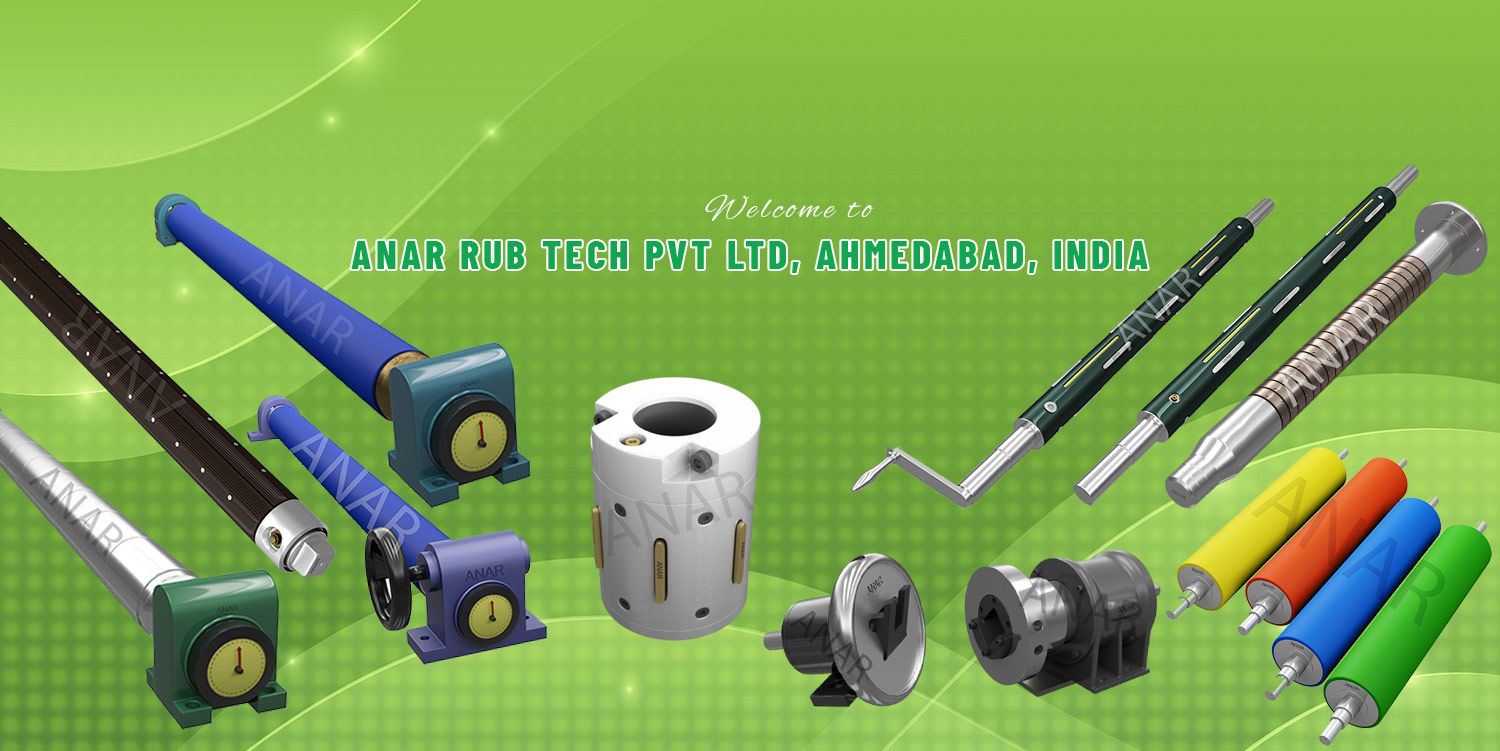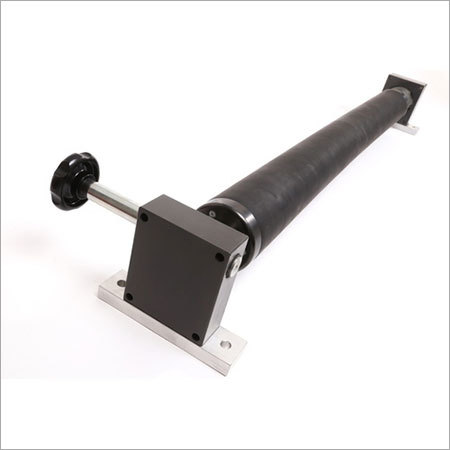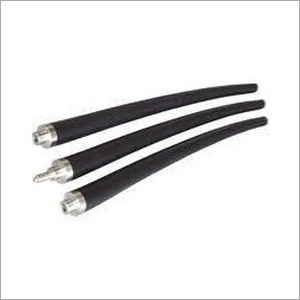- होम पेज
- कंपनी प्रोफाइल
-
हमारे उत्पाद
- रबर रोलर्स
- नक़्क़ाशी रोलर
- फिल्म प्लांट रोलर
- कार्बन फाइबर रोलर
- फिल्म प्लांट रबर रोल्स
- रबर ग्रूव स्प्रेडर रोलर
- टेक्सटाइल प्रिंटिंग रबर रोलर
- कॉर्क रोलर्स
- लेमिनेशन रोलर
- गॉडडेड रोलर
- पॉलीयुरेथेन रबर रोलर
- रोटोग्राव्योर प्रिंटिंग रबर रोलर्स
- क्विक चेंज स्लीव रोलर
- रबर ग्रूव्ड स्प्रेडर रोलर्स
- रबर कोटेड रोलर्स
- रोटोग्राव्योर प्रिंटिंग रोलर
- लैमिनेशन रबर रोलर्स
- फ़ॉइल के लिए रबर रोलर
- चमड़े के लिए रबर रोलर
- रबर स्प्रेडर रोलर
- फ्लेक्सो ग्रेव्योर प्रिंटिंग रोलर्स
- औद्योगिक रबर रोलर
- रबर रोलर
- फ्लेक्सोग्राफिक रबर रोलर
- पीयू रबर रोलर
- डंपिंग रबर रोलर
- इंप्रेशन रबर रोलर
- सॉकर मुलर रबर रोलर
- सॉल्वेंट आधारित लैमिनेशन रबर रोलर
- इबोनाइट रबर रोलर्स
- चिपकने वाला कोटिंग रबर रोलर
- इंटरमीडिएट रबर रोलर
- खोखला रबर रोलर
- VMCH कोटिंग रबर रोलर
- नाइट्राइल रबर रोलर्स
- प्रिंटिंग रबर रोलर
- टायर-ट्यूब के लिए रबर रोलर
- हाइपलॉन रबर रोलर्स
- टैप लाइन रबर रोलर
- रासायनिक प्रतिरोध रबर रोलर
- EPDM रबर रोलर्स
- BOPP फिल्म प्लांट रबर रोलर
- जॉकी रबर रोलर
- राफिया मशीन रबर रोलर्स
- सॉल्वेंटलेस लैमिनेशन रबर रोलर
- पैकेजिंग रबर रोलर
- औद्योगिक सिलिकॉन रबर रोलर
- चिपकने वाला ऐप्लिकेटर सिलिकॉन रबर रोलर
- हॉट स्टैम्पिंग सिलिकॉन रबर रोलर
- प्रिंटिंग रबर रोलर्स
- रबर रोलर PTFE लेपित
- रबर रोलर पीटीएफ लेपित
- फ्लेक्सो ग्रेव्योर प्रिंटिंग रबर रोलर
- सिंथेटिक रबर रोलर
- वायु शाफ्ट
- एयर शाफ्ट
- कार्बन फाइबर एयर शाफ्ट
- क्विक लॉक शाफ्ट
- कोर शाफ्ट
- एयर एक्सपैंडिंग शाफ्ट
- लीफ टाइप एयर एक्सपेंडेबल शाफ्ट
- लुग टाइप एयर एक्सपेंडेबल शाफ्ट
- मल्टी ब्लैडर शाफ्ट
- मल्टी ट्यूब एयर शाफ्ट
- मल्टी ट्यूब शाफ्ट
- बॉल टाइप क्विक लॉक शाफ्ट
- मेटलाइज़र एयर शाफ्ट
- कोर एयर शाफ्ट
- कैंटिलीवर एयर शाफ्ट
- औद्योगिक एयर शाफ्ट
- मैकेनिकल एयर एक्सपेंडेबल शाफ्ट
- रबर विस्तारक रोलर
- रबर लोड रोलर
- एल्युमिनियम या वुडन स्लेट एक्सपैंडर्स
- पॉलीबैंड एक्सपैंडर रोलर
- टेक्सटाइल उद्योग के लिए रबर एक्सपैंडर रोलर
- टेक्सटाइल रबर एक्सपैंडर रोलर
- कर्व बार एक्सपैंडर रोलर
- पेपर उद्योग के लिए रबर एक्सपैंडर रोलर
- तरल अमोनिया एक्सपैंडर रोलर
- रबर एक्सपैंडर रोलर
- पॉप रील रबर एक्सपैंडर रोलर
- औद्योगिक वस्त्र विस्तारक
- तरल अमोनिया रबर एक्सपैंडर रोलर
- पैकेजिंग उद्योग के लिए रबर एक्सपैंडर रोलर
- घुमावदार बार रबर एक्सपैंडर रोलर
- धनुष रोलर्स
- पु रोलर
- स्टील उद्योग के लिए पीयू रोलर्स
- पीवीसी प्रोफाइल प्रिंटिंग के लिए पीयू रोलर्स
- सर्कुलर लूम्स रोलर्स
- हॉट कास्ट पॉलीयूरेथेन रोलर्स
- पिंच रोलर्स
- पॉलीयुरेथेन ग्रेविटी रोलर्स
- गाइड रोलर्स
- पॉलीयुरेथेन लोड रोलर्स
- शीट मेटल इंडस्ट्री के लिए पीयू रोलर्स
- सीमेंट कोटिंग पाइप प्लांट के लिए पीयू रोलर्स
- पीयू सपोर्ट रोलर्स
- सुरक्षा चक
- एम्बॉसिंग रोलर
- पीटीएफई लेपित रोलर
- वायु विस्तार दस्ता
- हार्ड क्रोम प्लेटेड रोलर
- स्टील रोलर्स
- केले का रोलर
- कोर होल्डिंग डिवाइस
- एयर चक
- विभेदक शाफ्ट
- निप रोलर्स
- अनिलॉक्स रोलर
- लॉक शाफ्ट
- एल्यूमिनियम गाइड रोलर्स
- लेमिनेशन रबर रोलर
- सिलिकॉन रबर रोलर
- रबर की आस्तीनें
- औद्योगिक रोलर्स
- औद्योगिक शाफ्ट
- रबर रोलर्स
-
Applications
- लेदर इंडस्ट्रीज के लिए रबर रोलर
- प्लास्टिक उद्योग के लिए रबर रोलर
- Rubber Roller for Textile Industries
- Rubber Roller for Paper Industries
- मेटल इंडस्ट्रीज के लिए रबर रोलर
- Quality
- Rubber Roller for Packaging Industries
- Rubber Roller for Tyre-tube
- Rubber Roller for Wallpaper Industries
- Infrastructure & Facilities
- Exports
- Infrastructure & Facilities
- Exports
- संपर्क करें
टेक्सटाइल रबर एक्सपैंडर रोलर
4000.00 - 24000.00 आईएनआर/टुकड़ा
उत्पाद विवरण:
- स्ट्रक्चर Tubular
- शर्त
- रबर का प्रकार Nitrile Rubber
- सामग्री को संभालें
- हैंडल कलर Silver / Metallic
- पाइल की लंबाई Customizable
- वज़न Approx. 3-10 kg (varies with size)
- अधिक देखने के लिए क्लिक करें
X
टेक्सटाइल रबर एक्सपैंडर रोलर मूल्य और मात्रा
- 1
- टुकड़ा/टुकड़े
- , टुकड़ा/टुकड़े
टेक्सटाइल रबर एक्सपैंडर रोलर उत्पाद की विशेषताएं
- Tubular
- Customizable
- Approx. 3-10 kg (varies with size)
- Silver / Metallic
- Nitrile Rubber
टेक्सटाइल रबर एक्सपैंडर रोलर व्यापार सूचना
- 500 प्रति महीने
- 21 दिन
उत्पाद वर्णन
Tतकनीकी विवरण
उपयोग
कपड़ा उद्योग के लिए
ब्रांड
अनार
उपयोग/आवेदन
कपड़ा उद्योग, कागज उद्योग, प्लास्टिक उद्योग< /font>
आकार
गोल
पैकेजिंग प्रकार
मानक
Material
रबड़
Tell us about your requirement

Price: Â
Quantity
Select Unit
- 50
- 100
- 200
- 250
- 500
- 1000+
Additional detail
मोबाइल number
Email









